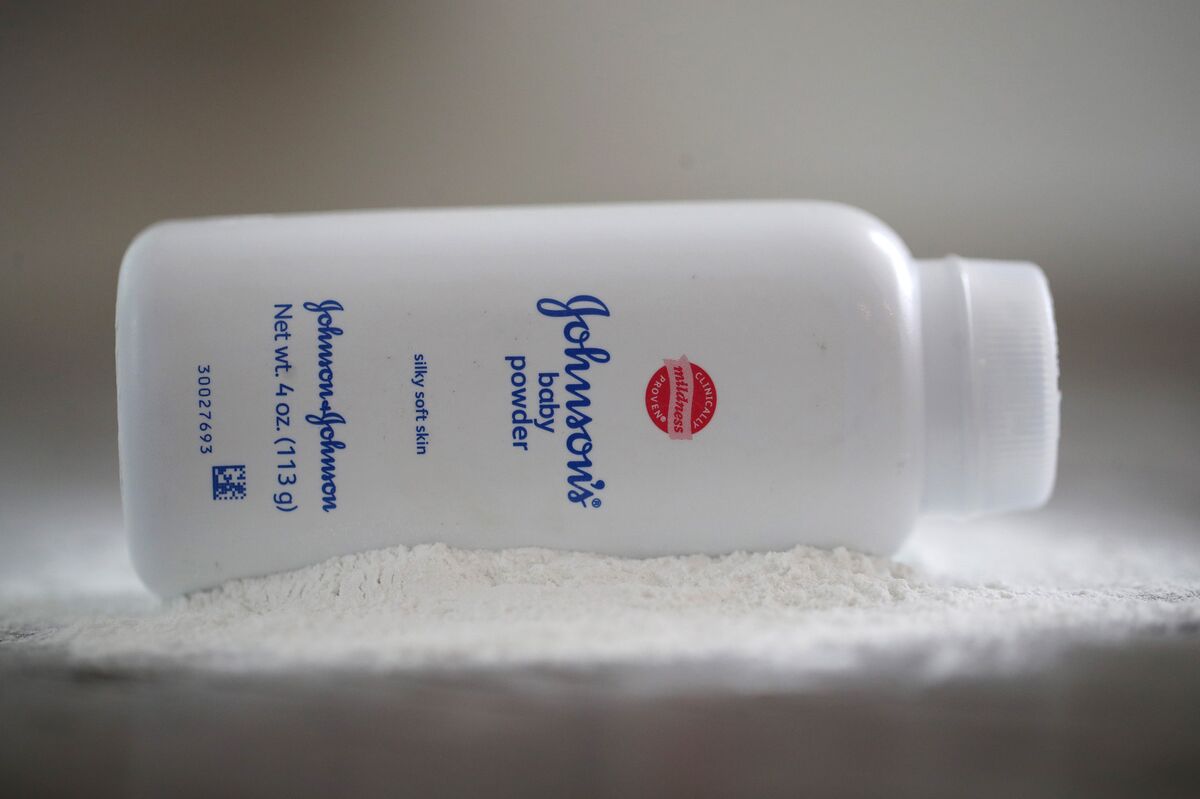
Johnson & Johnson’s Bankruptcy Gambit Fails: A Legal Setback and Market Reaction
Johnson & Johnson (J&J) experienced a significant blow recently when a court rejected its ambitious attempt to resolve thousands of talc-related cancer lawsuits through a bankruptcy maneuver. This decision sent shockwaves through the market, resulting in the company’s shares experiencing their most dramatic decline in five years – a clear indication of the gravity of the situation and the uncertainty it now faces.
The core of the strategy involved creating a subsidiary specifically designed to handle the talc litigation. The idea was that by filing for bankruptcy for this subsidiary, J&J could effectively shield the parent company from the massive financial burden of settling – or potentially losing – the numerous lawsuits. This tactic, often employed by large corporations facing overwhelming liabilities, aimed to streamline the process and provide a structured, potentially less expensive, resolution for claimants.
However, the court’s rejection hinges on a critical legal point: whether the bankruptcy filing was truly necessary and legitimate. The judge’s decision suggests the court found the maneuver to be an attempt to improperly use bankruptcy as a shield against legitimate claims, rather than a genuine response to insurmountable financial distress. This implication carries significant weight, not just for J&J, but for other corporations considering similar strategies.
The implications of this ruling are multifaceted. Firstly, it throws thousands of talc lawsuits back into the traditional legal arena, potentially resulting in a lengthy and costly process for both J&J and the claimants. The company now faces the prospect of individual trials, appeals, and potentially far higher financial exposure than originally anticipated under their proposed bankruptcy settlement. This uncertainty, naturally, is what triggered the substantial drop in J&J’s stock value.
Secondly, the decision sets a significant legal precedent. It sends a clear message to other companies considering similar bankruptcy strategies to resolve mass tort litigation. The court’s skepticism towards using bankruptcy to circumvent the normal legal process could discourage similar maneuvers in the future, potentially requiring corporations to confront mass litigation head-on through traditional legal avenues. This could lead to significant shifts in corporate legal strategy and risk management.
The ruling also raises questions about the ethical implications of using bankruptcy in this manner. While bankruptcy is a legal tool designed to help struggling businesses restructure and repay debts, some argue that J&J’s strategy aimed to sidestep its responsibilities to individuals who claim to have suffered harm due to the company’s products. The court’s rejection suggests a growing judicial scrutiny of such tactics, potentially signaling a broader move towards greater accountability for corporations facing mass tort lawsuits.
For now, J&J faces a complex and challenging path forward. The company must reassess its legal strategy, prepare for an intensified legal battle, and manage the considerable uncertainty surrounding the future costs associated with these lawsuits. The impact of this decision extends far beyond the company’s bottom line, impacting how businesses approach mass tort litigation and the broader legal landscape surrounding corporate responsibility and liability. The rejection of J&J’s bankruptcy maneuver will undoubtedly serve as a case study for years to come.



Leave a Reply